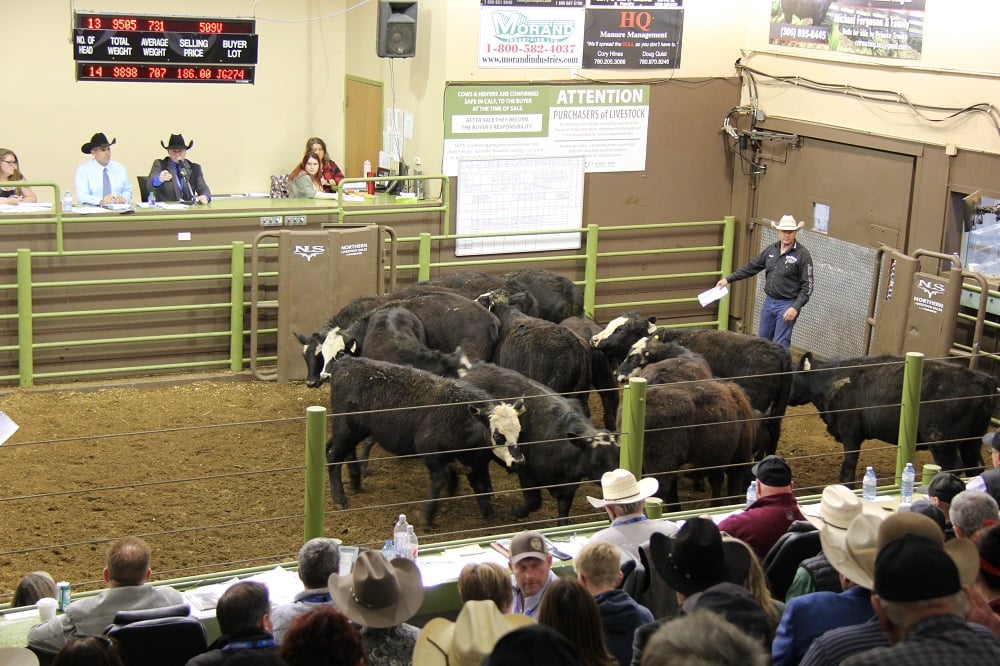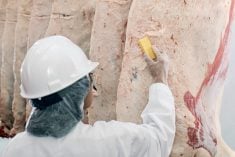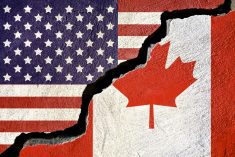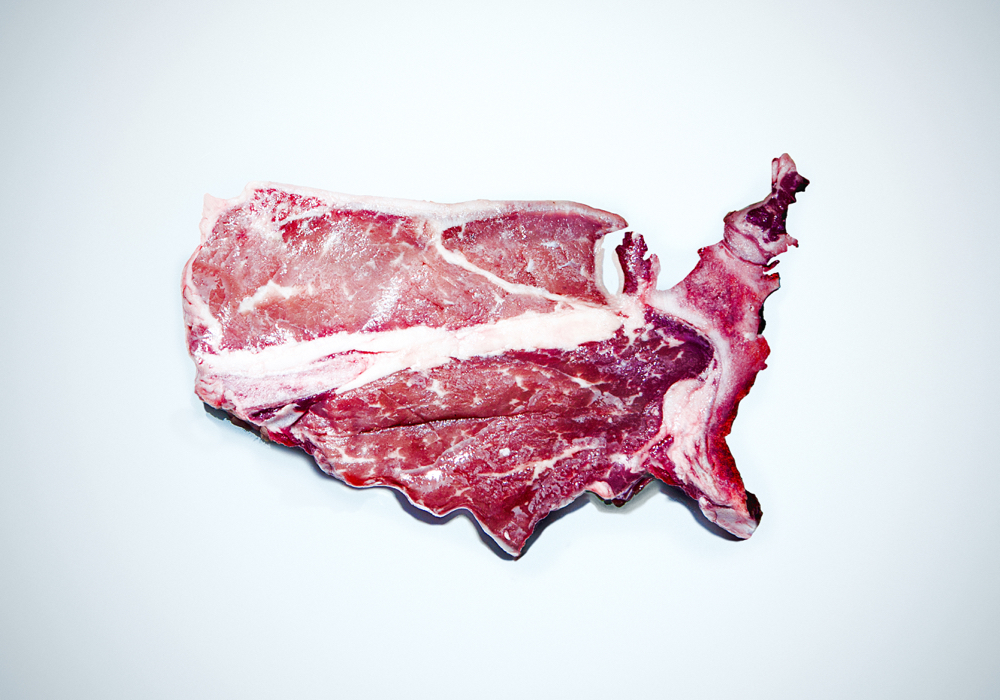The start of the new decade held much promise, whether it was for the global economy or prospects of an even bigger trade with China for North American livestock producers. Much of that promise has been cruelly shattered, at least temporarily, by a new coronavirus (COVID-19) that emerged in central China and made its way to every continent except Antarctica.
The several thousand deaths worldwide are the tragic face of the epidemic. But the spread of the coronavirus far from its origins in China is also starting to cause economic stress in several countries. It has caused huge disruptions to peoples’ lives in the countries with the most cases, which has had an impact on everything from restaurant sales to schools and planned gatherings. France even closed its famous Louvre Museum.
Read Also

Cattle Market Summary
Break-evens, cow and calf prices, plus market summaries courtesy of Canfax and Beef Farmers of Ontario. Cost of Production September…
The virus also pummeled the global equities and commodity markets as investors reacted to ever-worsening economic fallout, as it began to severely disrupt trade and supply chains. The damage has already been staggering. The global equities market in the last week of February alone lost US$6 trillion in value, with the U.S. stock market losing more than half of that. The week, at least in the U.S., was the worst for stocks since October 2008.
The U.S. sells very little beef to Japan. But its beef industry has already lost millions of dollars because of sharply lower live cattle prices. They fell US$8 per cwt live the last week of February and the first week of March. The cruel irony of the collapse was that it was caused by external forces out of cattle feeders’ control and came after prices had at last stabilized after a three-week decline.
Another irony is that coronavirus is a common virus in livestock herds and poultry flocks seen routinely worldwide. So producers are familiar with the word “coronavirus.” According to the Centers for Disease Control and Prevention, common human coronaviruses usually cause mild to moderate upper respiratory tract illnesses such as the common cold. Most people get infected with one or more of these viruses at some point in their lives.
However, the virus detected in Wuhan City in China is a novel or new coronavirus, hence its formal name. Coronaviruses from wildlife are dangerous since they have the potential to mutate, adapt and spill over to new species, including humans, says Heather Simmons of the Institute for Infectious Animal Diseases. That is the concern now. This new strain of coronavirus has emerged to cause disease in humans. It is very important to create an understanding of the difference between coronaviruses occurring in domestic livestock and poultry compared to coronaviruses that spill over from wildlife to humans, she says.
That is what is very important to understand at this time, Simmons said in early March. “We have been dealing with these diseases for a long time but as of yet we have not seen cases worldwide transmitted from livestock to humans or vice versa.”
The first week of March saw reports of full cold storage facilities in the U.S. because of a slowdown in red meat and poultry exports to China. Should a slowdown continue for another month or two, it might put a dent in forecasts for exports for the full year. The big question for the beef industries in North America, Australia, New Zealand and South America is how the virus’s economic impact will affect beef consumption in China, across Asia and in other continents. And will the crisis trigger a global recession, which would have a further impact on beef demand?
















